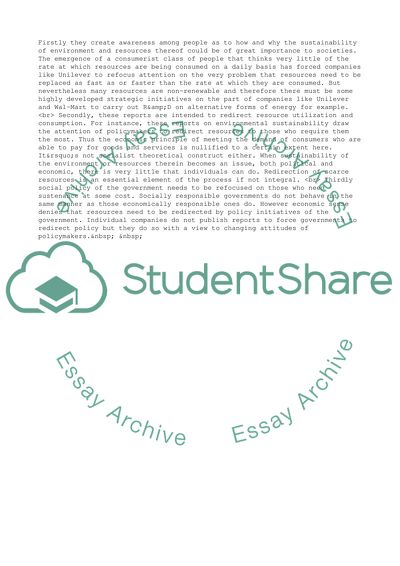Cite this document
(Will the Organisational Changes Necessary for Companies to Become more Term Paper, n.d.)
Will the Organisational Changes Necessary for Companies to Become more Term Paper. Retrieved from https://studentshare.org/business/1733840-will-the-organisational-changes-which-are-necessary-for-companies-to-become-more-sustainable-actually-happen-and-will-they-benefit-the-environment
Will the Organisational Changes Necessary for Companies to Become more Term Paper. Retrieved from https://studentshare.org/business/1733840-will-the-organisational-changes-which-are-necessary-for-companies-to-become-more-sustainable-actually-happen-and-will-they-benefit-the-environment
(Will the Organisational Changes Necessary for Companies to Become More Term Paper)
Will the Organisational Changes Necessary for Companies to Become More Term Paper. https://studentshare.org/business/1733840-will-the-organisational-changes-which-are-necessary-for-companies-to-become-more-sustainable-actually-happen-and-will-they-benefit-the-environment.
Will the Organisational Changes Necessary for Companies to Become More Term Paper. https://studentshare.org/business/1733840-will-the-organisational-changes-which-are-necessary-for-companies-to-become-more-sustainable-actually-happen-and-will-they-benefit-the-environment.
“Will the Organisational Changes Necessary for Companies to Become More Term Paper”, n.d. https://studentshare.org/business/1733840-will-the-organisational-changes-which-are-necessary-for-companies-to-become-more-sustainable-actually-happen-and-will-they-benefit-the-environment.


